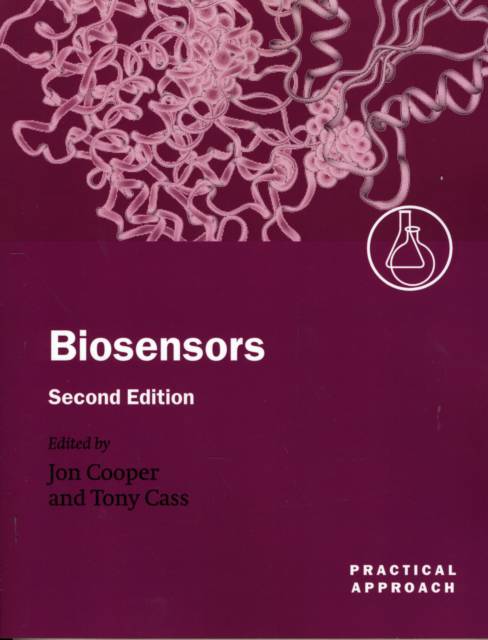
- Retrait en 2 heures
- Assortiment impressionnant
- Paiement sécurisé
- Toujours un magasin près de chez vous
- Retrait gratuit dans votre magasin Club
- 7.000.0000 titres dans notre catalogue
- Payer en toute sécurité
- Toujours un magasin près de chez vous
157,95 €
+ 315 points
Description
Over the past 20 years, the field of biosensor research has had a significant impact in both laboratory research and the commercial sector. Over that period, biosensors have revolutionized the care and management of diabetes and have had important impacts in several other areas of clinical diagnostics. Europe, North America and Asia-Pacific have all seen the rise of small and medium sized companies seeking technical and application niches in the manufacture or use of biosensors. The current activity in both gene and protein 'biochips' can be seen as the latest set of tools that allow users who are not analytical science practitioners to make technically complex and reliable biological weapons and the need for their rapid and reliable detection will need to be met by devices that have many characteristics in common with biosensors.
This book provides a practical introduction to the many skills needed in the highly interdisciplinary field of biosensor technology. Edited by two internationally renowned experts in this field, it draws together contributions from active researchers in Europe, North America and Asia who describe how to implement techniques as diverse as protein engineering, optical and electrochemical instrumentation, single cell electrophysiology, screen printing and numerical modelling in the context of producing biosensors for both laboratory and commercial applications. As well as the many detailed protocols and experimental tips, the book also offers an overview of current research in this area as well as pointers to its further directions. The diversity of topics covered means that it will be suitable both for those already active in the area who wish to expand their repertoire of experimental tools and for those who are just starting out in biosensors research.
This book provides a practical introduction to the many skills needed in the highly interdisciplinary field of biosensor technology. Edited by two internationally renowned experts in this field, it draws together contributions from active researchers in Europe, North America and Asia who describe how to implement techniques as diverse as protein engineering, optical and electrochemical instrumentation, single cell electrophysiology, screen printing and numerical modelling in the context of producing biosensors for both laboratory and commercial applications. As well as the many detailed protocols and experimental tips, the book also offers an overview of current research in this area as well as pointers to its further directions. The diversity of topics covered means that it will be suitable both for those already active in the area who wish to expand their repertoire of experimental tools and for those who are just starting out in biosensors research.
Spécifications
Parties prenantes
- Auteur(s) :
- Editeur:
Contenu
- Nombre de pages :
- 268
- Langue:
- Anglais
- Collection :
Caractéristiques
- EAN:
- 9780199638451
- Date de parution :
- 06-05-04
- Format:
- Livre broché
- Format numérique:
- Trade paperback (VS)
- Dimensions :
- 185 mm x 247 mm
- Poids :
- 616 g

Seulement chez Librairie Club
+ 315 points sur votre carte client de Librairie Club
Les avis
Nous publions uniquement les avis qui respectent les conditions requises. Consultez nos conditions pour les avis.






